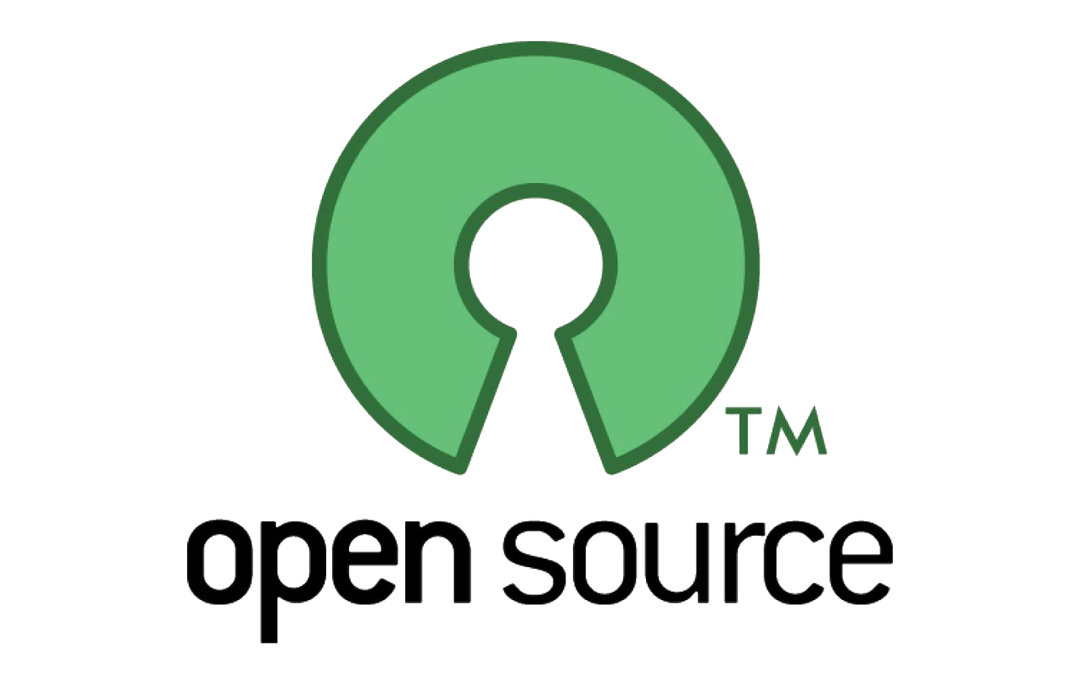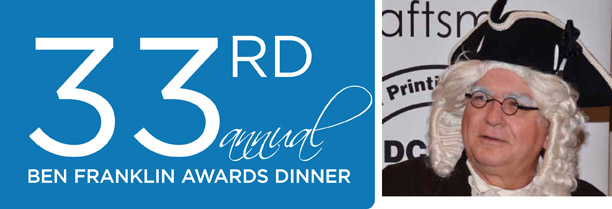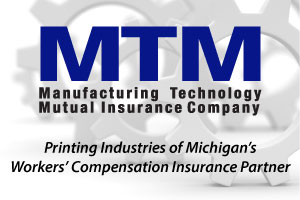
On the Current State of Web-to-Print
Why It’s Important and Why Open Source
By Charles Groce, CEO of Pearl Street Consulting

A few years back I had the opportunity to evaluate various “web-to-print” solutions (or W2P) from several of the leading software vendors. Although all of the W2P systems evaluated technically did what they were supposed to do, there were some drawbacks which ultimately prevented our commercial printing company from moving forward on the decision to sell print (efficiently) online.
The largest of these, of course, was cost, including deployment, licensing, hosting, and support. The cost of these systems and the connection to a guaranteed benefit on the bottom line was simply not clear. It was a difficult decision: sink tens of thousands of dollars into licensing for an MIS-integrated web-to-print portal, with at least eventual “hands free” order placement to plate-making capabilities; or do it the old fashion way, and use our website as corporate “brochureware”, and have staff inserted at every touchpoint in the production process, from design through billing.
That was 2009 and a lot has happened in the industry since then. Today, in 2016, every printing company needs to be able to satisfy the needs of the “modern shopper”. Like it or not, Amazon and other eCommerce providers have changed the way people think about how they shop, and this applies to print buyers as well. Consumers want to be able to make their own (informed) decisions and have different expectations than they used to have. As web entrepreneurs, our job is to not only give them the tools to actually place their order but also give them the information needed to make an informed decision, albeit with information that provides a marketing influence that “leans” in our direction.
Think of your web-to-print portal as a salesperson not drawing a salary or commission. It’s not for every customer, but it will be appealing to some. Moreover, a web-to-print portal can be branded differently than your company. And if you base your web-to-print portal on open source software, you can avoid additional licensing costs to duplicate it under your corporate identity or under as many brands as you want. This allows you to sell print online not only to a general audience, i.e. everyone, with a general one-size-fits-all marketing message along the lines of “we’re your trusted partner”, but to tailor to specific markets: academic, religious, manufacturing, governmental, etc., without significant overhead since there aren’t additional licensing costs and the code can simply be copied to a new web portal.
Open Source and Web-to-Print
What is the current state of open source web-to-print? This is a very large topic. I’m not in a position to evaluate every solution that arises in this continuously evolving software landscape, but I thought it might be useful to summare a couple of the leading web-to-print products and website plugins that the major open source platforms. None of these are going to integrate with your print MIS system right out-of-the-box, although all of them will integrate with well-established accounting systems like Quickbooks. This doesn’t mean you shouldn’t weigh the benefits of such systems.
Two popular open source eCommerce platforms I’m going to write about are WordPress (Woocommerce) and Magento, which is owned by a subsidiary of eBay (eBay bought the company behind Magento in 2010, seeing a rising competitive threat from open source eCommerce). So I’m going to restrict my list to these platforms, and I’ll write a little bit about the pros and cons of each over the other. Both platforms are, of course, open source and come with zero dollars in licensing fees. Each platform could be downloaded, installed, and customer-facing today for free.
WordPress
Woocommerce is perfect if your shop doesn’t contain a large number of products, and requires a great presentation. I like to think of WordPress as the platform that’s perfect for web designers. It’s well suited to web designers because the platform is easy to update in terms of its theme and design.
Magento
Magento on the other hand is, in my opinion, the better platform for eCommerce shops with large numbers of products and product categories. Magento is written by using a more complicated web framework called MVC (Model-Viewer-Controller) and can be more difficult for non-technical personnel to get their head around. This is why it lags a bit in the design department, although the trade off over WordPress/Woocommerce are significant productivity enhancements (like automated emails, integrated newsletter management and a more flexible framework for extensibility).
Both platforms have multiple APIs (Application Programming Interfaces), and can be integrated with just about anything, including your MIS. In short, my recommendation is for Woocommerce if you don’t have a large number of products or product configurations (don’t confuse this with run quantity) and Magento if you have a large number of product or product configurations.
Examples of Open Source W2P
Now on to some examples of the leading web-to-print solutions available on each platform. Just to clarify, web-to- print solutions are a subset of digital storefront solutions (DSF). DSF is really just another name for eCommerce, something the open source community mastered long ago (with respect to the short history of the internet). “Web-to-print” differs from standard DSF in that it allows for real-time product previews and at least has the capability for some amount of automation through API access. I’m going to restrict my list to the ordering process, including real time previewing.
uDraw on WooCommerce
uDraw is a powerful, easy-to-use web-to-print plugin that runs under WordPress/Woocommerce using a modern HTML5 framework (no Java plugins or Flash to deal with). It supports a PDF workflow and allows for in-browser real time editing and uploading. Your users can create brochures (with folding), business cards, mousepads, personalized bags, and more right from within the web browser. It’s mobile friendly and allows for the building of custom products. The ordering processing products are a layered PDF file that can be tweaked by your prepress as needed. WordPress/Woocommerce are both, of course, free to use.
uDraw requires a $500 setup fee and costs around $99/month for a subscription to the service. There is a free version of the plugin available so you can test it out (even do a little market testing). Give it a try by visiting the URL http://bit.ly/1M21chu.
PrintScience on Magento
PrintScience is a fantastic plugin that integrates with the Magento platform. Templates are created using Adobe Acrobat Pro and the PDFLib plugin, allowing VDP fields to be inserted directly into your PDF. In additional to the standard features listed above with uDraw, PrintScience allows your customers to download realtime generated PDF previews of their templates (with watermarking).
PrintScience has no setup fee, and costs $9.99 a month to get started. Give PrintScience a try by visiting the URL http://bit.ly/24ZSlTZ
Open Source Offers Many Flavors
There are many other options for open source, including ZetaPrints which runs on Magento, but utilizes Corel Draw (you read that right) for templating which starts at $1.70 per order, and a nice solution called“DesignnBuy”which also runs on Magento that starts at around $7000, far less than the price tag on many of the “industry standard” solutions. That these solutions run on open source platforms means they have the added advantage of being highly flexible and integrable with other platforms, such as MIS platforms, prepress systems, and more.
Whichever platform you decide to go with, definitely start selling print online if you’re not already doing it. Appealing to modern shopping expectations is sure to increasingly become a market differentiator between the old schools and the new schools of print.
About the Author: Charles Groce is the CEO of Pearl Street Consulting, a Michigan-based IT, web, and software consultancy. Charles is also the owner/operator osforprint.com, an open source technology solutions provider for the printing industry.











 The CRM as the central repository of your customer interaction data becomes the most critical system in your organization allowing your company to be systematic in its interactions with customers. Managers must insist that members of their team stop utilizing their own way of organizing this data, even if this approach has worked for years, but utilize a CRM to make customer-specific information systematically organized and widely available to the team.
The CRM as the central repository of your customer interaction data becomes the most critical system in your organization allowing your company to be systematic in its interactions with customers. Managers must insist that members of their team stop utilizing their own way of organizing this data, even if this approach has worked for years, but utilize a CRM to make customer-specific information systematically organized and widely available to the team.





 While taking a closer look at the components of Break-Even, we determine that our Variable Costs seem to be about 3% higher than the Variable Costs of Profit Leaders. If we can control those costs, will we break-even? Three percent (3%) seems like a small amount, but as a % of sales it adds up. To bring Variable Sales down to 41% of sales, here’s the equation:
While taking a closer look at the components of Break-Even, we determine that our Variable Costs seem to be about 3% higher than the Variable Costs of Profit Leaders. If we can control those costs, will we break-even? Three percent (3%) seems like a small amount, but as a % of sales it adds up. To bring Variable Sales down to 41% of sales, here’s the equation:



 Streaming media has been transforming the music industry along side of TV and movies. While digital downloads still represent the largest percentage of music sales in the US, they are falling. Meanwhile, streaming music services like Pandora, Spotify and Apple Music have already overtaken physical CD sales and represent about one third of the industry’s income. Some analysts expect revenue from music streaming to surpass that of digital downloads in the near future.
Streaming media has been transforming the music industry along side of TV and movies. While digital downloads still represent the largest percentage of music sales in the US, they are falling. Meanwhile, streaming music services like Pandora, Spotify and Apple Music have already overtaken physical CD sales and represent about one third of the industry’s income. Some analysts expect revenue from music streaming to surpass that of digital downloads in the near future.





